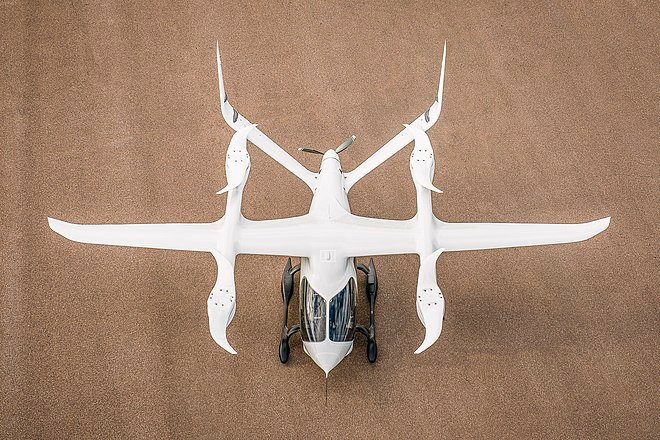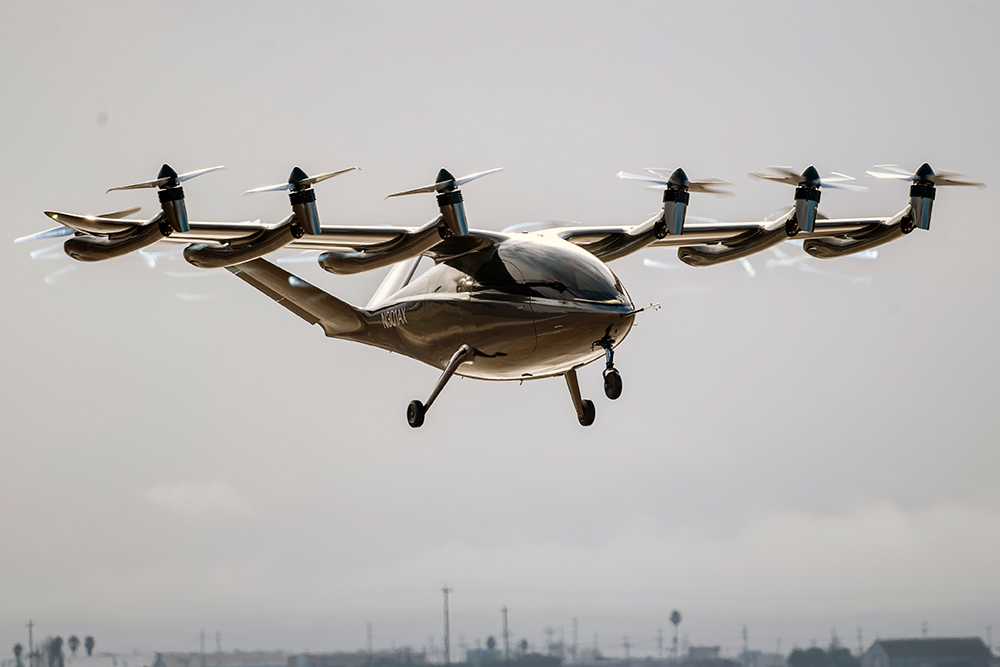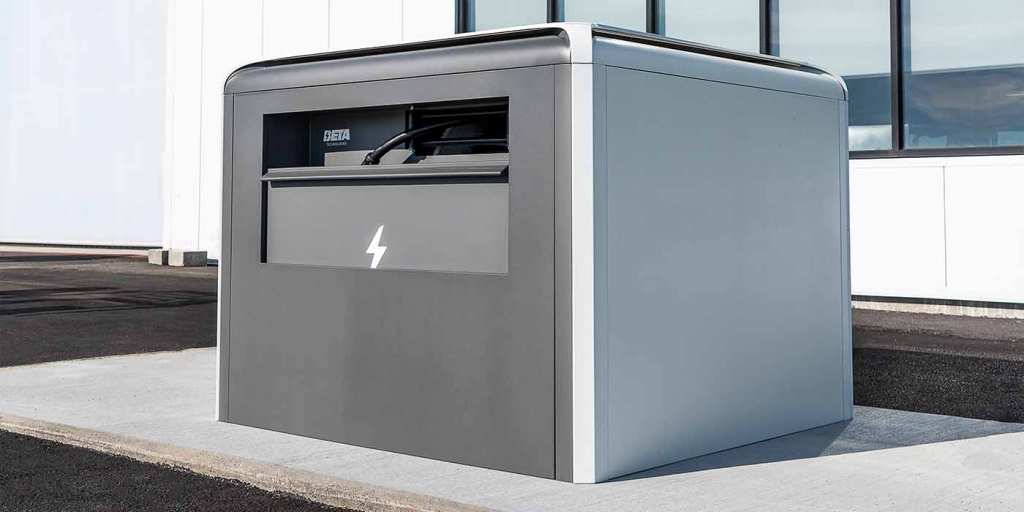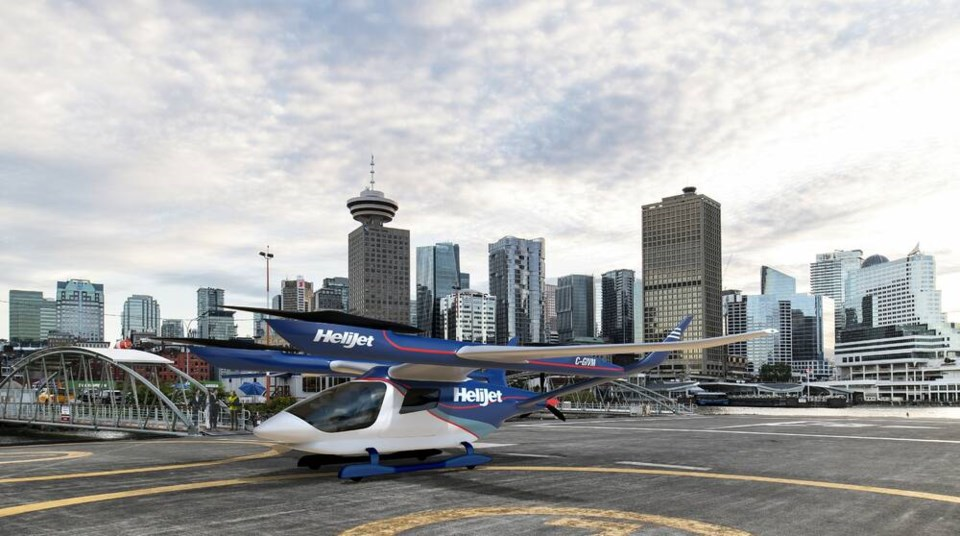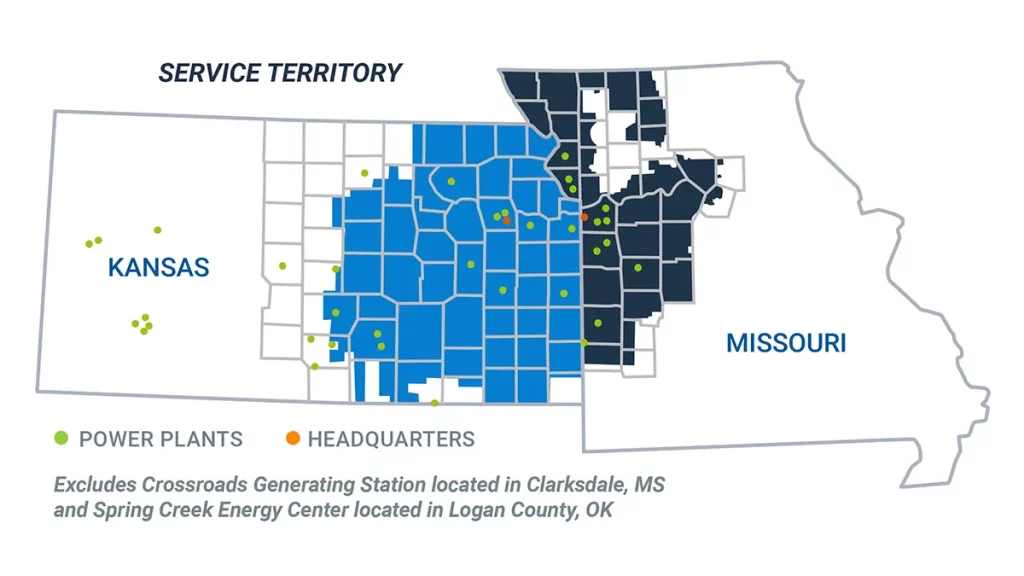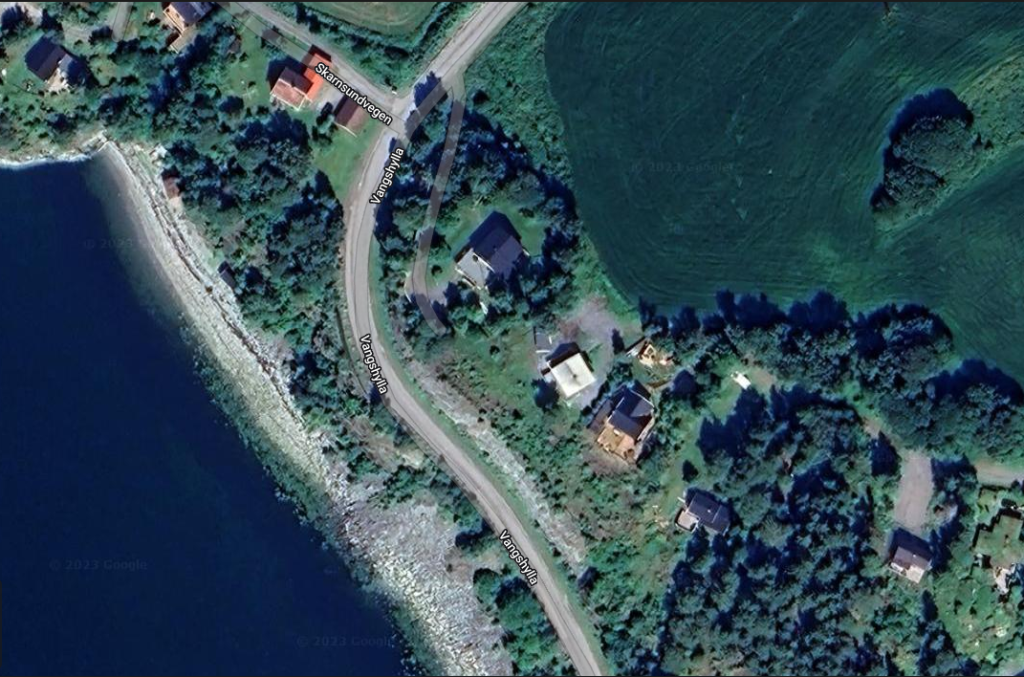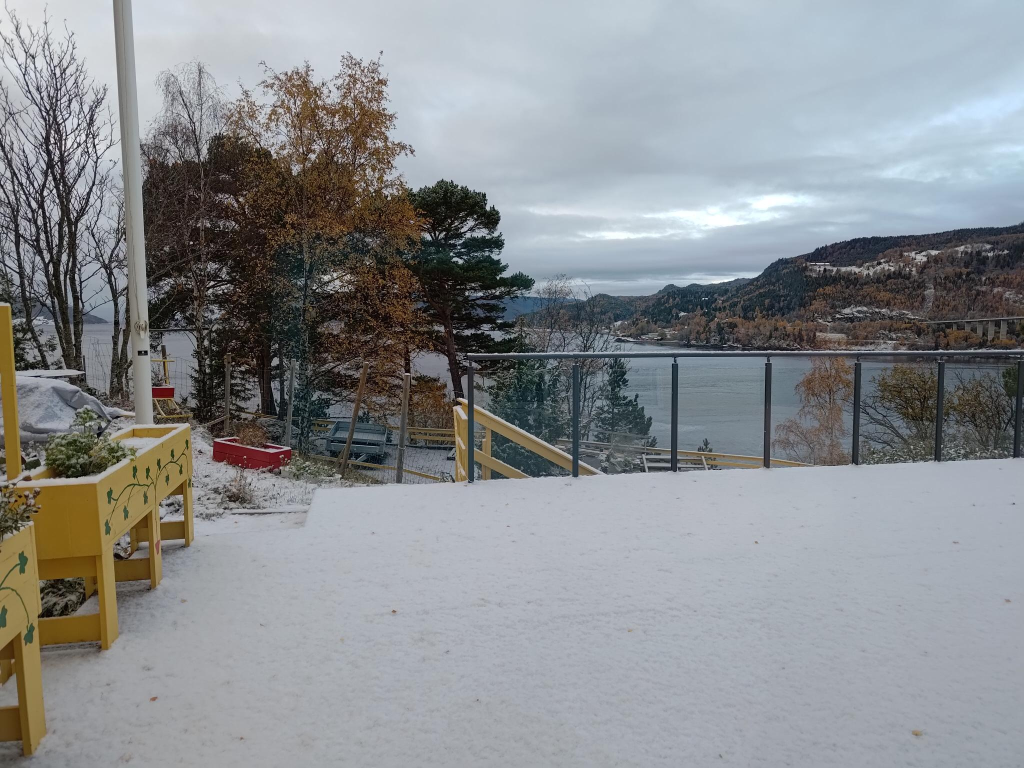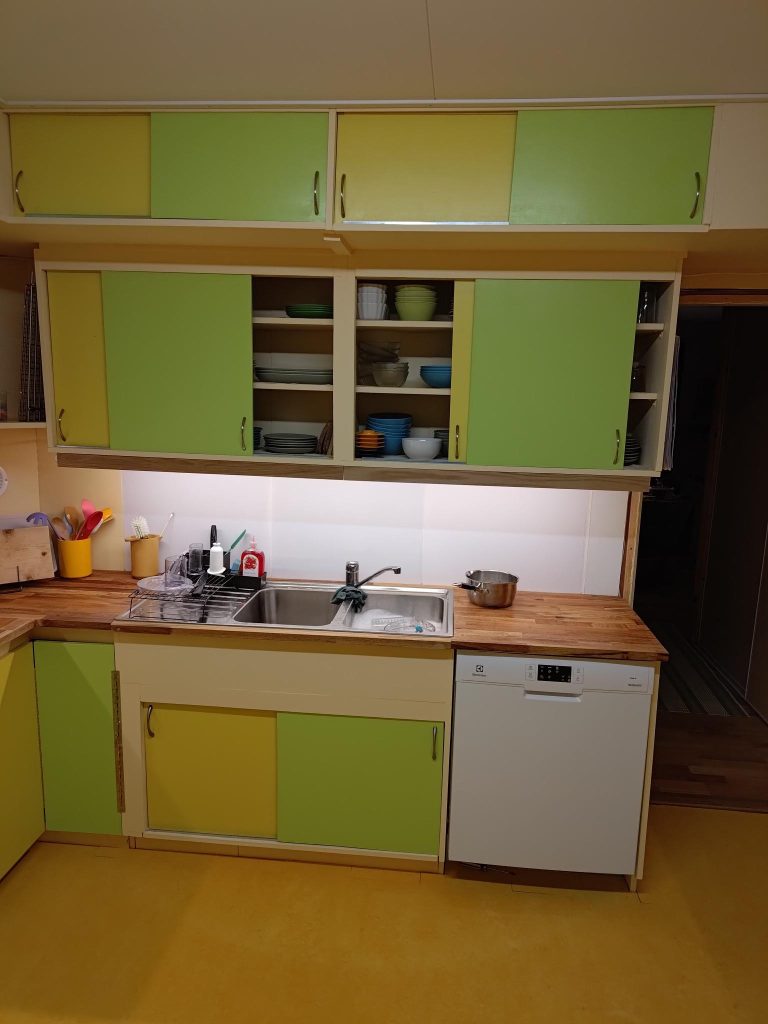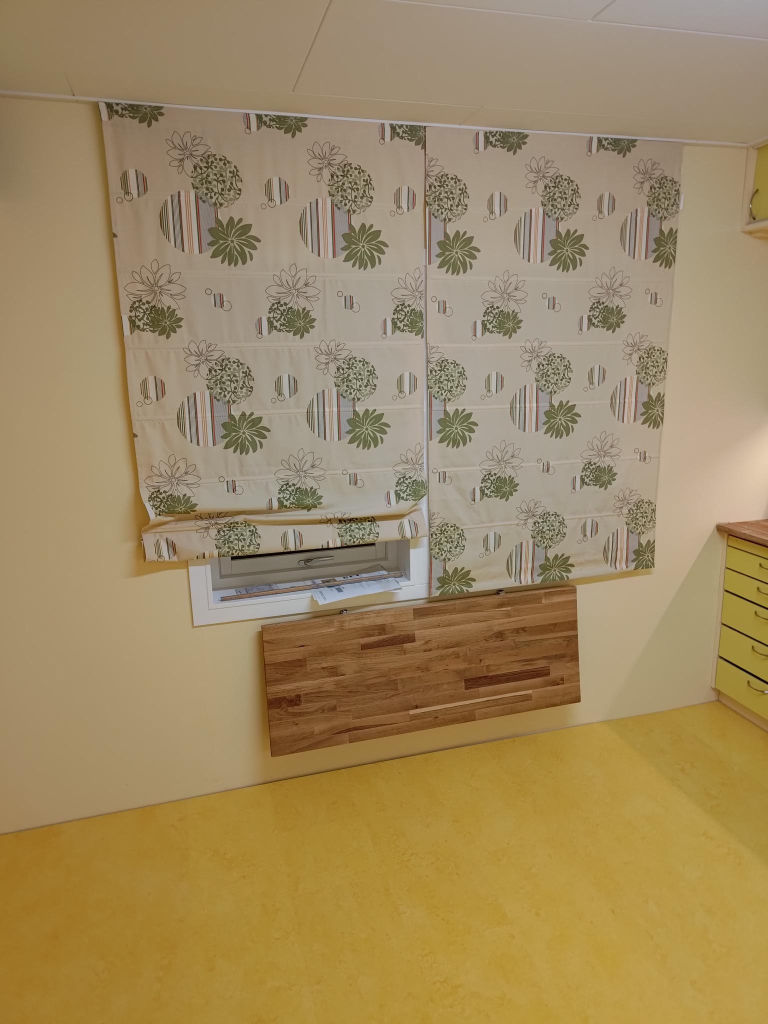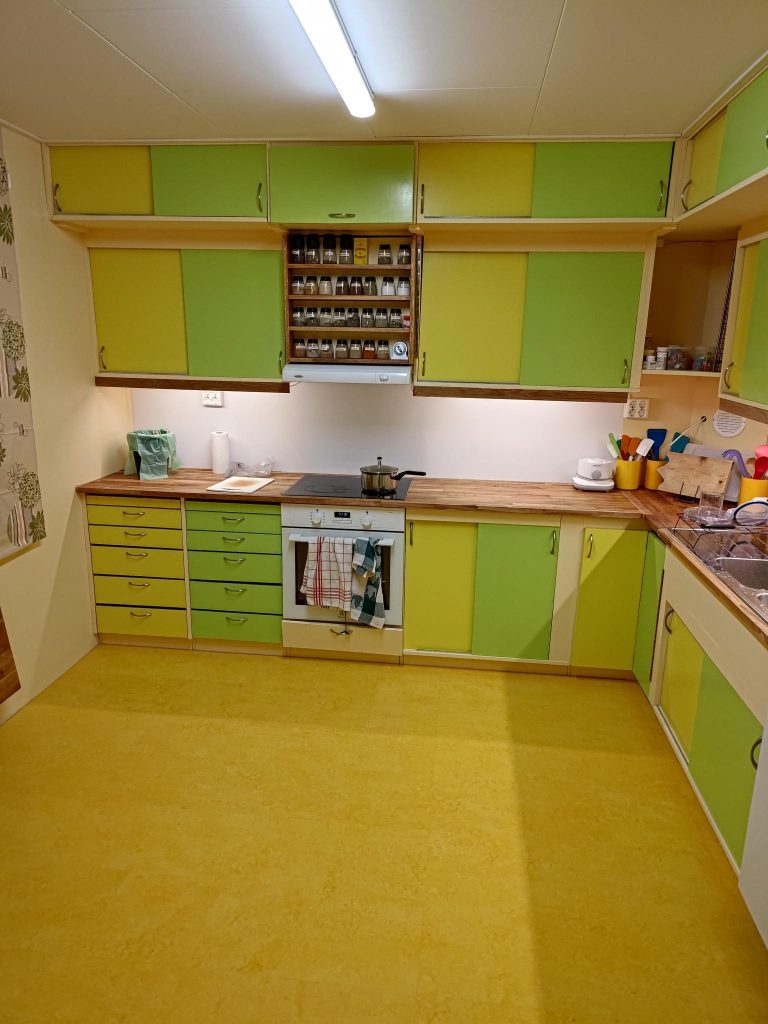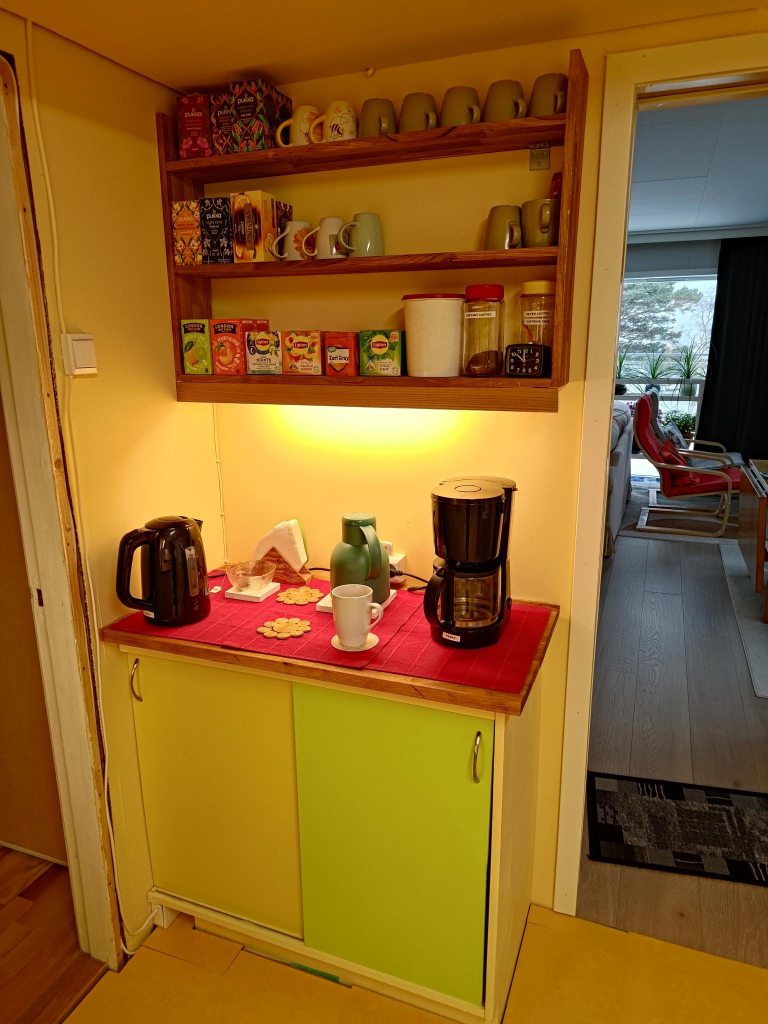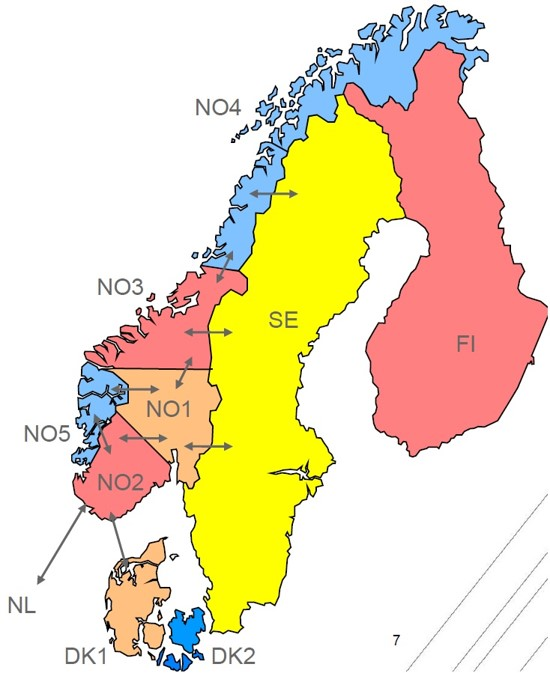
Electricity for me has always meant hydroelectric power. Wikipedia tells us: In 1878, the world’s first hydroelectric power scheme was developed at Cragside in Northumberland, England, by William Armstrong. It was used to power a single arc lamp in his art gallery. The old Schoelkopf Power Station No. 1, US, near Niagara Falls, began to produce electricity in 1881. The first Edison hydroelectric power station, the Vulcan Street Plant, began operating September 30, 1882, in Appleton, Wisconsin, with an output of about 12.5 kilowatts. By 1886 there were 45 hydroelectric power stations in the United States and Canada; and by 1889 there were 200 in the United States alone.
In 1895 the Norwegian government purchased its first waterfall, Paulenfossen, to produce electricity for the Setesdalsbanen railway line. These are both located in the south of Norway, close to Kristiansand. In the early 20th century, the government purchased the rights to many more waterfalls to produce electricity for industrial use. In 1921, the Norwegian Water Resources and Energy Directorate (NVE) was setup to construct and operate state-owned power plants.
Over the next 70 years, a vast number of small, medium and large-scale hydropower installations were built. Svartisen power plant in Nordland, opened in 1993. It was the last major plant build. Today, Norway has about 1 200 hydroelectric generating stations.
This weblog post looks at the Norwegian electrical energy/ power market, after the start of the war in Ukrainian. The European electrical energy market has been disrupted since the Russian invasion of Ukraine in 2022. It has affected countries differently. Here, the challenges facing Norway will be discussed. There are many different ways to look at this situation, many aligned with that individual’s role. Most people are consumers. For them, the root of the problem is the Norwegian government’s failure to impose a maximum price. Then there are investors, who use an artificially constructed market to profit from a war induced shortage of energy. In addition, the Norwegian government, as a major investor, has failed to tax these windfall profits. Instead, they use general taxation (and their own massive energy windfall profits) to subsidize some consumers, while ignoring other equally worthy groups.
ACER = Agency for the Cooperation of Energy Regulators, can be regarded as the European Union’s energy agency. Its intention is to ensure the free flow of electricity across national borders to smooth out variations in wind and solar power. It is particularly concerned about solar power which has a diurnal rhythm. Wind energy is more varied but also has a diurnal component that partially compensates solar energy. In contrast to this, hydroelectricity in Northern regions, has an annual cycle. Norway produces around 140 terawatt hours (TWh) with hydropower. In a year with normal rainfall, there is a power surplus of around 10 per cent, that is approximately 14 TWh. For Norway with hydropower, the Acer agreement does not work well.
To explain the relatively high Norwegian prices for electricity, the Norwegian government refers to the energy crisis in Europe and the war in Ukraine as an explanation for these prices. In 2020, long before the gas crisis, electricity customers in Denmark and Germany paid around NOK 3 per kilowatt hour, about six times the price in Norway. Electrical consumers have traditionally paid a lot less, because Norway built out an inexpensive hydroelectric power system. After the elimination of gas from Russia by unknown forces, possibly associated with Ukraine, they pay around NOK 4.
The water reservoirs in Norway have a natural cycle. In the spring before the snow melts, they are almost empty. During the summer, they are filled up so that they can provide electricity through the winter. There is a shortage of water in the reservoirs towards the end of winter.
The Acer agreement does not take this cycle into account. Instead, all the water Norway has in its reservoirs is seen as available power for Europe. The agreement does not take into account that the reservoirs must be filled before winter.
In contrast, if there is a lot of wind in one place, the local electricity price goes down and the electricity will then flow freely to areas with little wind and higher electricity prices.
With Acer, it is differences in electricity prices that determine where the electricity will flow, not a “desire” to import or sell. As long as the electricity price is slightly lower in Norway than in England and the EU, electricity flows out of Norway. For electrical exports to stop, the price must be the same on both sides of the cable.
For the last several years, Norway has exported significantly more than it electrical power surplus. The Norwegian government along with its control organization, NVE, a directorate under the Ministry of Petroleum and Energy, and its energy distributor blame low rainfall to explain the low degree of filling.
An awkward government and Statnett stand passively and watch power flow out of Norway at the same time as the reservoirs in southern Norway have a historically low level of filling. Statnett argues that the power cables used for export can also be used for import. In this way, delivery security is ensured. What they don’t want to discuss is if the price level will be significantly higher.
With the last two foreign cables, the export capacity from southern Norway was well over double the power surplus.
With new cables, Acer, the free flow of electricity, supply and demand in Norway no longer determines the price of electricity. Instead, it is determined in the EU and England, for the whole of southern Norway (NO1, NO2 and NO5). Central Norway (NO3) and Northern Norway (NO5) were initially shielded from European price levels, but this is gradually changing. A planned increase in transmission capacity between north and south will only contribute to higher prices in the north without lowering the price in the south.
More electricity to the south means more exports until the reservoirs in the north are also depleted and we get the same situation in the north as in the south.
Most Norwegians are willing to contribute electricity to Europe. However, the amount of power to be exported has to be determined by the Norwegian power surplus. The result of this export is an increasingly lower degree of filling in the water reservoirs. At some point, this draining of the magazines must stop.
Electricity prices in Europe will reach new heights in the winter and we will be forced to pay even higher electricity prices in Norway to get electricity back.
In a worst case situation, Norway will not have enough water in the reservoirs to get it through the winter. If that happens, the overseas cables do not have enough capacity to supply Norway with electricity, and one will end up with electricity rationing.
The Norwegian government is currently providing support mechanisms for consumers. It is perpetually investigating imposing maximum prices. Competition rules in the EU prevent electricity support mechanisms for business, although some exceptions have been made, especially for farmers. The result has been the elimination of power-intensive industry in the south of Norway.
The government says that investing in offshore wind and more renewable power will contribute to lower electricity prices. The development of more renewable electricity, in the form of wind or solar, in Norway is only intended to cover its own increased consumption. Norway will never have a power surplus corresponding to the transmission capacity of 35 TWh, which is what is needed for the market in southern Norway.
The EU has a colossal need for more renewable electricity in the coming years. Currently, only 10 percent of the EU’s energy needs are covered by renewable energy.
With the demand for a 50 percent CO₂ cut in the Paris Agreement, there is no reason to hope for lower electricity prices in the EU in the next 10 years. At the same time, there is no reasonable reason why southern Norway should have sky-high electricity prices. Most Norwegians are agreed that if lower electricity prices are to prevail in Norway, along with a stable power situation, the Acer agreement must be renegotiated or terminated.
Norway has voted twice against joining the EU, once in 1972 and then again in 1994.
Opposition to Norwegian membership in the EU is still strong, according to a survey carried out by the Norwegian Broadcasting Corporation (NRK) in 2023-03. This indicated that if a referendum was held then, 52% of those who responded said they would vote against membership of the European block. Only 27% would vote yes, while more of the rest said they most likely wouldn’t participate in a new referendum. Most Norwegians do not wish to cede sovereignty to the EU.
Norway is still integrated into Europe through its European Economic Area Agreement membership, which gives it access to the EU internal market. Norwegians have a general skepticism not just to big business, but to their own government!
Overseas cables are then used for power exchange and the sale of excess power without giving us European price levels. Just as Statnett promised us before the cables were put into operation.
Norway’s power surplus and net exports over time will be roughly the same without Acer, and Statnett will still receive income from sales abroad. Norway can still help fulfill the intention of the Acer agreement, that is to say help to smooth out variations in wind power. If it is very windy in England or the EU, we can accept excess wind power and at the same time reduce our own power production. It is very easy to turn off hydroelectric turbines. When there is little wind, we can give back the same amount of electricity. The whole exercise becomes a zero-sum game, profiting all participants.
In Norway the population is skeptical to politicians. Politicians of all colours are seen as aligning themselves with foreign investors to prey upon the weak. In this Norway is not unique.
Prices
Most Norwegian consumers opt for spot prices. We choose a fixed price. If one looks at our electricity bill in 2021, the energy component of 1 kW of electricity cost about NOK 0.20, while the infrastructure component was about NOK 0.30. Altogether, slightly over NOK 0.50. In 2022, the infrastructure component was changed to take into account the maximum amount of electricity consumed. It was not directly comparable with the situation in 2021. With the War in Ukraine, and the difficulties faced by people in Continental Europe to access Russian gas, the energy component of electricity prices escalated, for those using spot prices. The government provided consumers with support which amounted to 80% (in summer) or 90% (in winter) of the amount that exceeded NOK 0.70 per kW/h.
Because of our fixed price agreement, we were spared price increases for most of 2022. On 2022-12-01, a new fixed price agreement took effect. Before the infrastructure component, and subsidies, the energy component of 1 kWh of electricity now cost NOK 1.00, five times the price the year before.
A year later, on 2023-11-07, Trish received her next annual SMS from our electrical company. They wanted to know if we wanted to renew our fixed price contract for another year, with a kWh price of NOK 1.0015, or go over to a spot price, they claimed was currently at NOK 0.42.
She replied to the SMS with a positive answer. There are two reasons for this. First, we don’t want to worry about choosing the correct hour to use electricity. Second, we are uncertain if the relatively cheap prices will continue. Some hours after answering, NRK, the Norwegian Broadcasting Corporation, could tell us that the spot prices in our region on that same date, were not NOK 0.42, but NOK 1.14 at their lowest at 02:00 in the morning, but had increased to NOK 2.77 by 18:00. They then fell to NOK 1.71 at 22:00.
Reflection
As I write this ragged post, I read in 2023-07 the world has never been hotter for 120 000 years = 3.786912 Ts for SI addicts, or a very long time for the rest of us. Industrialization forced the world into a dependence on fossil fuels, coal initially then petroleum. Overcoming this dependency has not been easy. Nuclear power has been one proposed answer, but its waste products put demands on future generations that last thousands of years. Hydrogen has been proposed as an energy bearer, but its use increases energy consumption.
Each form of sustainable energy has its own individual challenges. Communities can choose their poison based on what is best for them. Among the choices are solar, wind, hydro and geothermal, or some combination.
In Europe, with a war waging in Ukraine, and the region still dependent on fossil fuels, there are countries, companies and individuals seeking profit maximization. Governments, possibly out of a fear of losing access to this energy, are unwilling to tax war profiteering. Indeed, one sees that they are in the pockets of international investors.
In democracies, as well as more autocratic countries, politics has become a career choice. This is wrong. I have nothing against a person working as a politician for, say, four/ five years. However, at the end of that time, they should return to other forms of earning a livelihood, and be quarantined from further political activity for at least twice the length of their political period. Just as there is a minimum age to vote, or be elected to office, there should be some maximum age. A start age of about 20, and an end age of about 65 would allow the most enthusiastic people to work as politicians for about 15 years, and in other occupations for a further 30.
In much the same way that there should be minimum wages, that should mirror living wages, it would be useful for the world to set a maximum income.
Reddy Kilowatt Update

Art Vaughan wrote: “The hydro plant in Appleton has been one of the things the city fathers … and mothers? … have long trumpeted. However, when I was in the fourth grade or so my class went through the “modern” hydro plant in Appleton. Much more impressive and I still have the Reddy Kilowatt pin they gave us!”
Reddy Kilowatt (see above) is drawn as a stick figure whose body, limbs, and hair are made of stylized lightning-bolts and whose bulbous head has a light bulb for a nose and wall outlets for ears. It was devised by Ashton Budd Collins Sr. (1885 – 1976), and first used in an advertisement for the Alabama Power Company on 1926-03-14. It was used as a spokesperson for electrical generation in the United States (and elsewhere, such as Canada) from 1926 to 1999, although usage started to sag in the 1980s.


